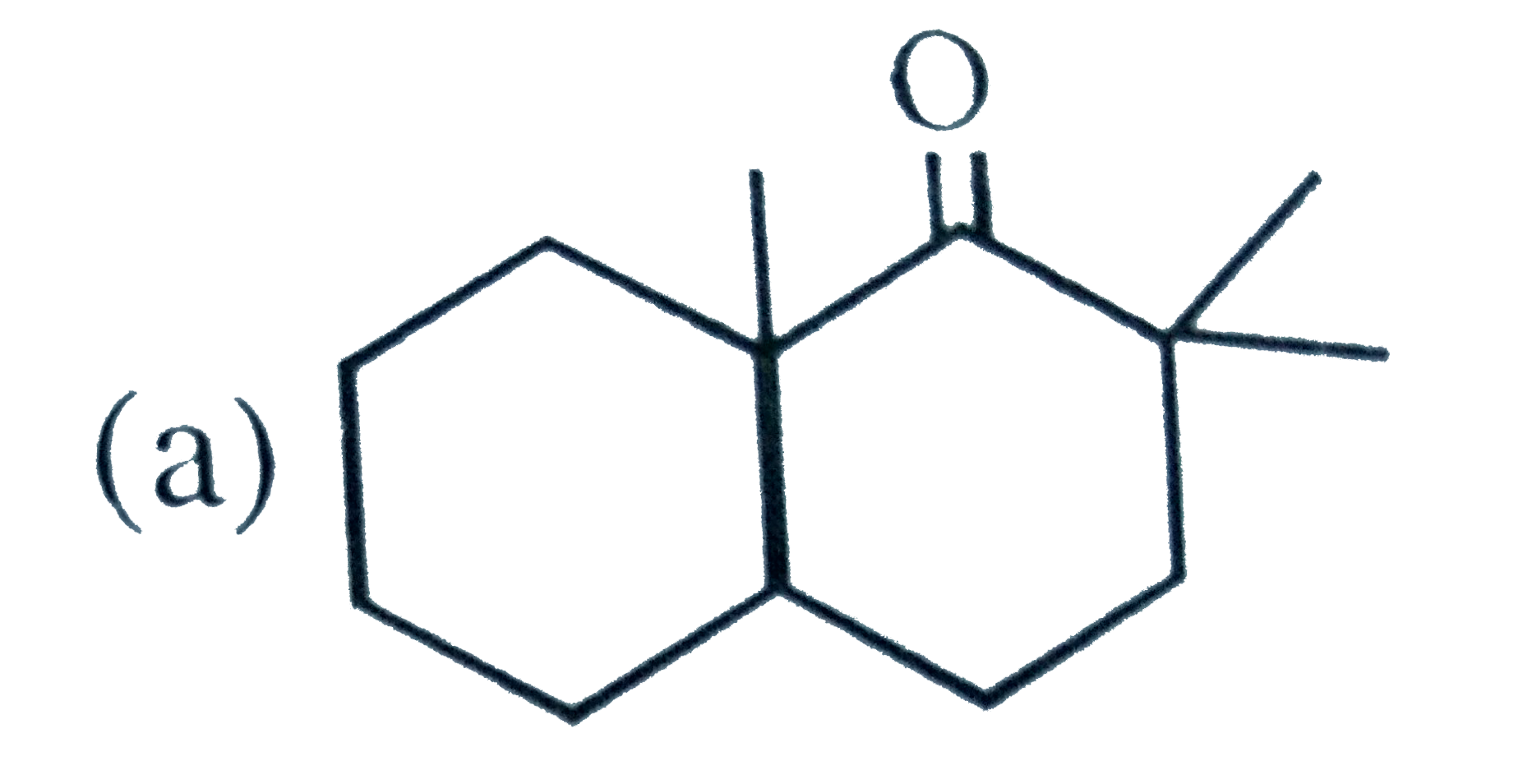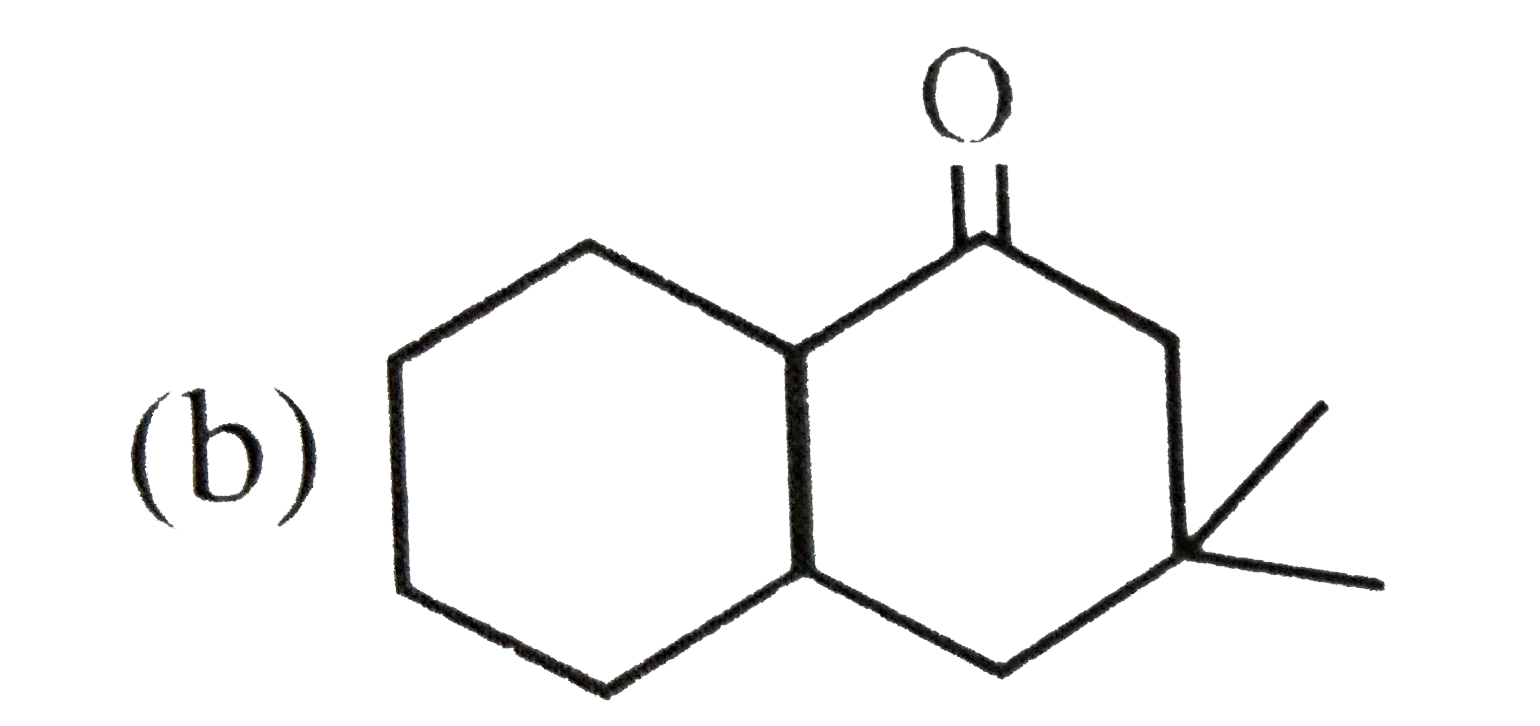In the most simple type of canal system of Porifera, which of the following ways exhibit water flow?
Ostia → Spongocoel → Osculum → Exterior
Spongocoel → Ostia → Osculum → Exterior
Osculum → Spongocoel → Ostia → Exterior
Osculum → Ostia → Spongocoel → Exterior
The correct Answer is:A
Step-by-Step Solution:
1. Understanding the Structure of Porifera: Porifera, commonly known as sponges, have a porous body structure. This means they contain numerous small openings or pores.
2. Identifying Types of Pores: There are two main types of pores in sponges:
- Inhalant Pores (Ostea): These are the pores through which water enters the sponge.
- Exhalant Pores (Osculum): These are the larger openings through which water exits the sponge.
3. Central Cavity: Inside the sponge, there is a central cavity known as the Spongeocoel. This cavity plays a crucial role in the water flow system.
4. Canal System: The canal system in sponges facilitates the movement of water. Water flows through this system, allowing the sponge to filter nutrients and oxygen from the water.
5. Water Flow Pathway:
- Water enters through the inhalant pores (ostea).
- It then flows into the central cavity (spongeocoel).
- Finally, it exits through the exhalant pores (osculum) into the external environment.
6. Importance of Water Flow: The flow of water is essential for sponges as it helps in bringing food and oxygen into their bodies while removing waste products like carbon dioxide and nitrogenous waste.
7. Conclusion: The correct pathway for water flow in the simplest type of canal system of Porifera is from ostea to spongeocoel to osculum and then to the exterior.
Final Answer: The water flow in the simplest type of canal system of Porifera is from Ostea → Spongeocoel → Osculum → Exterior.
---
- Inhalant Pores (Ostea): These are the pores through which water enters the sponge.
- Exhalant Pores (Osculum): These are the larger openings through which water exits the sponge.
- Water enters through the inhalant pores (ostea).
- It then flows into the central cavity (spongeocoel).
- Finally, it exits through the exhalant pores (osculum) into the external environment.
Topper's Solved these Questions
- BOOK - NCERT FINGERTPS ENGLISHCHAPTER - ANIMAL KINGDOMEXERCISE - Classification of chordates62videos
ANIMAL KINGDOM
- BOOK - NCERT FINGERTPS ENGLISHCHAPTER - ANIMAL KINGDOMEXERCISE - Hots5videos
ANIMAL KINGDOM
- BOOK - NCERT FINGERTPS ENGLISHCHAPTER - ANIMAL KINGDOMEXERCISE - Animal Kingdom148videos
ANIMAL KINGDOM
- BOOK - NCERT FINGERTPS ENGLISHCHAPTER - ANATOMY OF FLOWERING PLANTSEXERCISE - Anatomy Of Flowering Plants143videos
ANATOMY OF FLOWERING PLANTS
- BOOK - NCERT FINGERTPS ENGLISHCHAPTER - BIOLOGICAL CLASSIFICATIONEXERCISE - Biological Classification132videos
BIOLOGICAL CLASSIFICATION
Similar Questions
Knowledge Check
- Question 1 - Select One
Which of the following exhibits mutualism ?
AMycorrhizae living on the roots of higher plants.BWasps pollinating fig inflorescence.CSea anemone often found on the shell of hermit crabDAll of these - Question 2 - Select One
Which of the following exhibit electromeric effect ?
AAlkanesBAldehydesCAlkyl halidesDAlkyl amines
In most simple type of canal system of porifera, water flows through which one of the following ways
View SolutionWhich of following can exhibit tautomerism?

 View Solution
View SolutionWhich of the following exhibit mutarotation?
View SolutionWhich of the following exhibits variable valency?
View SolutionCanal system of porifera is not connected with
View SolutionWhich of the following is most soluble in water?
View Solution

